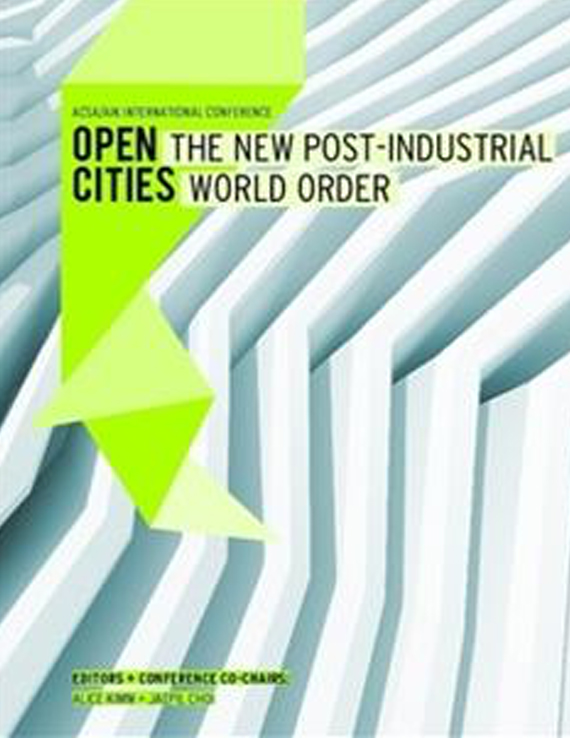Author(s): Jin Baek & Yoon-jeong Shin
Architects are not solely responsible for problems in the built environment (Thorpe& Gamman, 2011). Other stakeholders must also be part of the solution as well.Long-term successes in sustainable development are rooted in local communities,and rely on community assets, skills and agency (Kennedy, 2004). But, architectscan be catalysts to spark a positive reaction in willing communities (Peterson in Bell& Wakeford, 2008), and through well-considered partnerships and interventions,humanitarian architects can effect significant change. “Catalytic architects” coulddescribe those designers that seek to enable positive community change in an ongoingway. A catalyst is a substance that enables chemical change without itself beingchanged. Through catalytic approaches to the work of humanitarian architecture,the profession can conserve human capital and more likely achieve the levels ofglobal solution needed.Once it is clear that agency, control and responsibility lay in large part with thelocal community, designers can act more strategically and avoid wasted effort.Local social, physical, and knowledge assets can be maintained, grown and replicatedthrough long-term associations. Given the pace of social and environmentaltrauma, this will only be possible through a comprehensive and holistic approach(Cousins, 2013). This paper describes some of the issues and provides recommendationsfor the profession and academy for effective learning and work in the fieldof humanitarian architecture.
Volume Editors
Alice Kimm & Jaepil Choi
ISBN
978-0-935502-91-6

 Study Architecture
Study Architecture  ProPEL
ProPEL 
